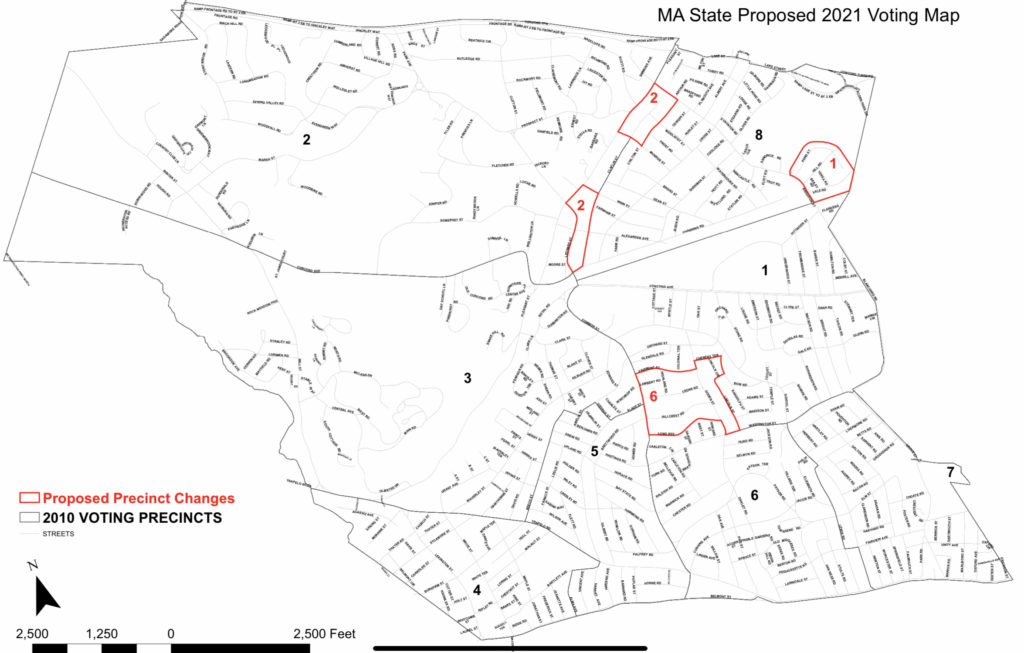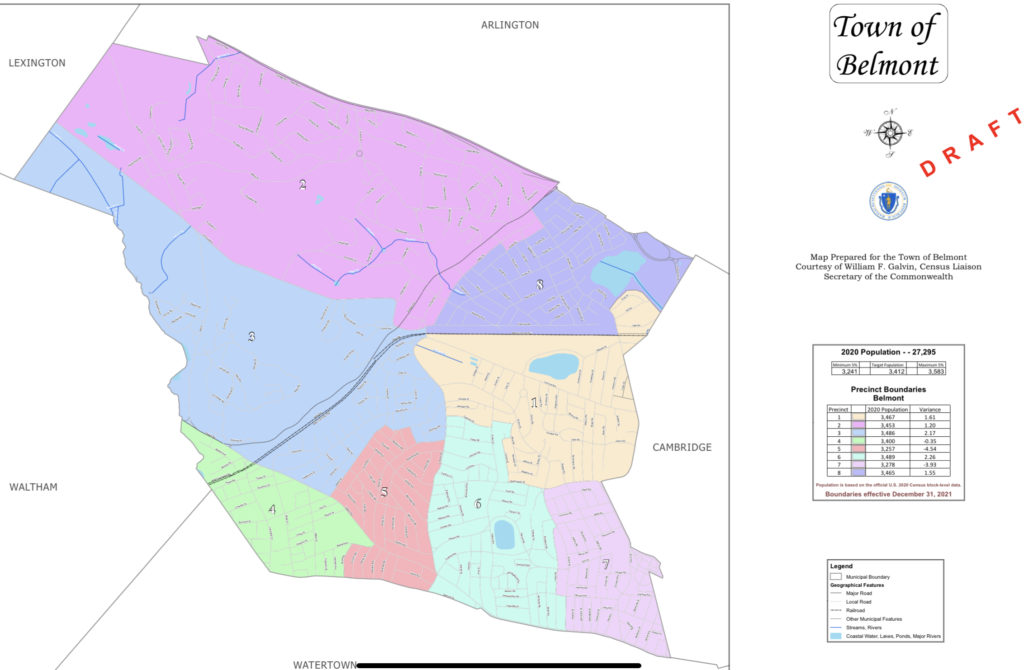Photo: Patrice Garvin, Belmont Town Manager
Belmont Town Administrator Patrice Garvin is one of three finalists in the running to replace Reading Town Manager Robert LeLacheur who is resigning effective at the end of Feb. 25, 2022, according to reporting in the Reading Post.
Reading Select Board member Anne Landry who spoke at the board’s Nov. 23 meeting said the Select Board could hold a vote on the new town manager as early as Tuesday, Dec. 7, after Garvin and the other two candidates are interviewed by the board.
While she could not reveal the names of the finalists, Landry said the “pleased with the pool” of candidates.
Garvin is scheduled to go before the board at 5 p.m.
The interviews will be carried on Reading Community Television and via Zoom:
https://us06web.zoom.us/j/86081759921
Meeting ID: 860 8175 9921
Garvin has held the town administrator’s position since January 2018 after serving as Shirley’s Town Administrator. Since holding the post, Garvin has been receiving top job performance reviews from the Select Board as she steered the town through the Covid pandemic and the budgetary difficulties.
LeLacheur is only the second town manager in Reading’s history having served in that position since 2013, previously serving the town as assistant Town Manager.
The other candidates are Fidel Maltez, Chelsea’s Department of Public Work commissioner since 2019, and Jennifer Phillips, the former city manager of Bothell, Washington and city manager in Helena, California.

